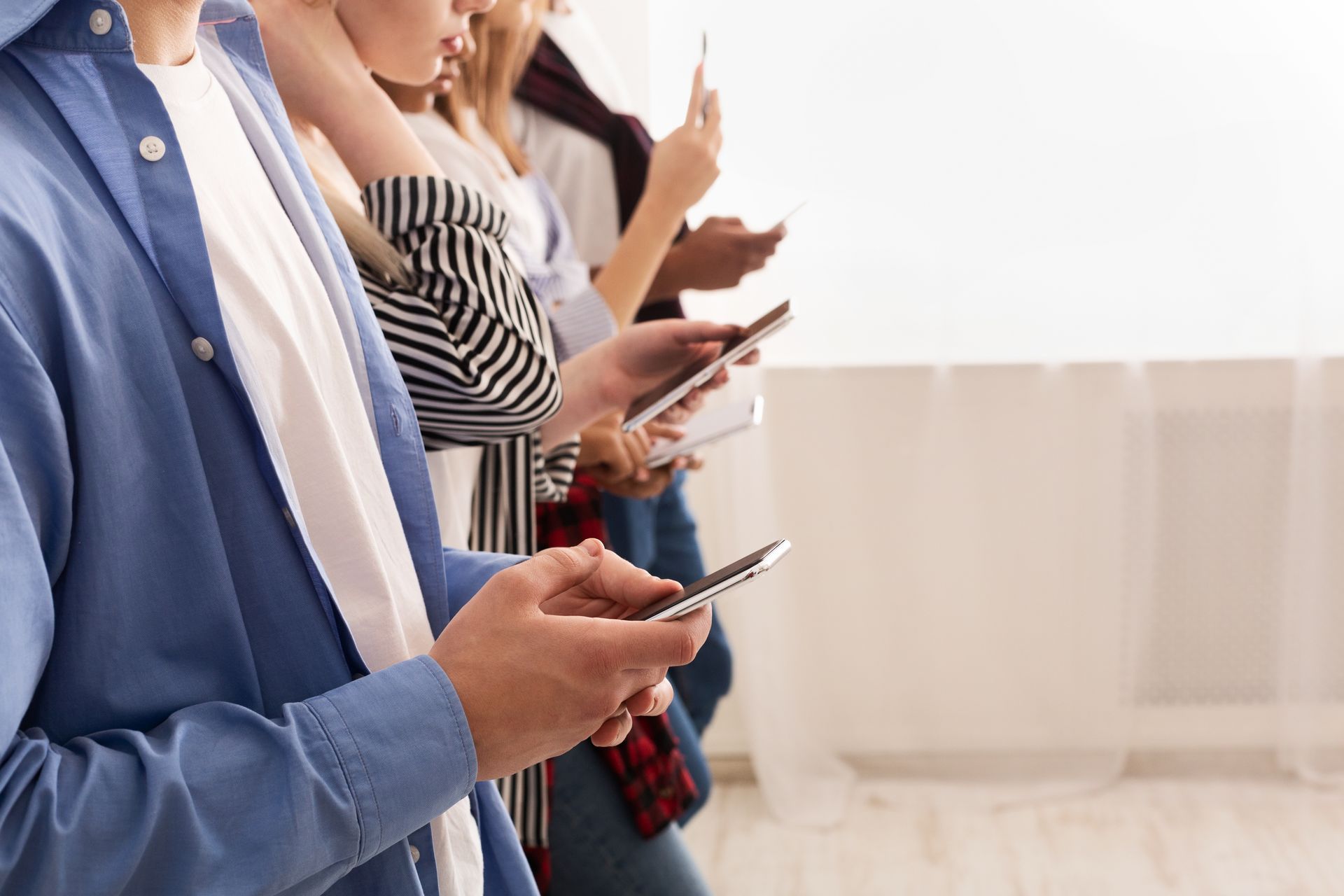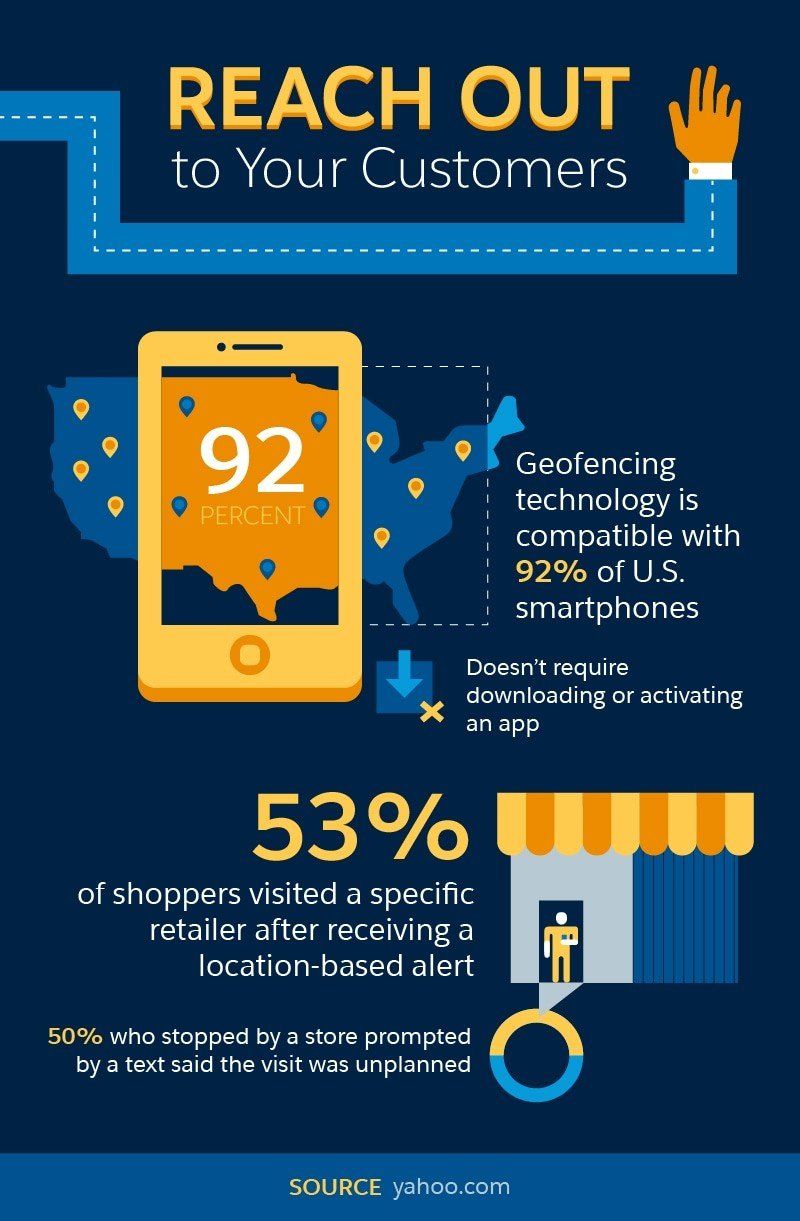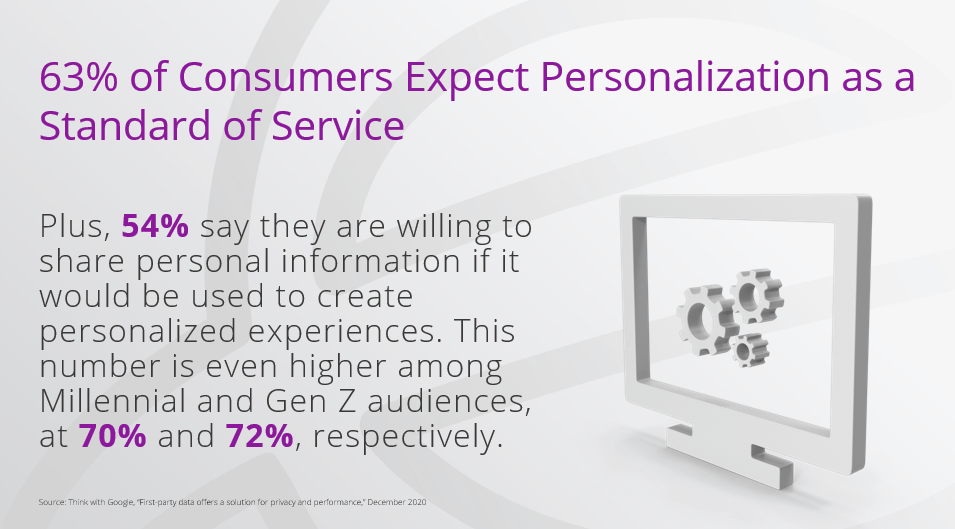Local Digital Marketing 101: What is Geofencing?
Have you ever received an advertisement from a brand or business after being near their location? If so, you’ve received a geofencing ad. Keep reading to learn more about how geofencing advertisements work, and the many benefits they can have for your local business!
Here’s a recap of what we’ll be reviewing:
- What is Geofencing?
- Geofencing Example
- When and Where Can Geofencing be Implemented?
- What Are the Benefits of Geofencing?
- Which Marketing Objectives Can Geofencing be Used for?
Questions or comments?
Contact us
for more information.
To view our geofencing services,
visit our page
here.
What is Geofencing?
Geofencing provides location-based data through an app or software program by using GPS, cellular data, or radio frequency identification (RFID) to set off a targeted marketing action to users in a designated area. These actions can include emails, texts, social media ads, app notifications, etc. when a mobile device or RFID tag enters or exits a virtual geographic “fence” around a location -- hence the term “geofencing.”
Consumer location can be tracked through technology such as Bluetooth and GPS, and can be utilized to target consumers via geotargeting, geofencing, and beaconing.
Geofencing Example
To get a better idea of how geofencing works, consider this classic example: A consumer walks or drives near an auto dealership in a designated area, and then receives a targeted notification alerting them of that dealership’s latest deals.
Geofencing can be extremely helpful for delivering targeted advertising to users on desktop based on their location, and beaconing can transmit targeted messages to users on nearby mobile devices. In both instances, geofencing relies on a virtual perimeter that is built and set around a specific geographic location to send targeted messaging to consumers.
When and Where Can Geofencing be Implemented?
Similar to other forms of digital marketing, geofencing can be used via desktop, mobile, and tablet devices.
It also allows for targeting specific locations (such as the aforementioned auto dealership), demographic market areas, specific business types (dealerships, restaurants, legal offices, etc.), across several business locations, by city, or by state.
What Are the Benefits of Geofencing?
Hyperlocal Targeting
Geofencing can be an especially helpful tool for small business and local marketing efforts since it allows for plenty of hyperlocal targeting opportunities -- and the numbers show just how promising it can be:
- 50% of shoppers who stopped by a store after receiving a geofencing text said their visit was unplanned.
- 3 out of 4 consumers completed an action after receiving a message when approaching a specific location.
- 53% of shoppers visited a retailer after receiving a location-based message.
Because local businesses often rely on a consumer base in their general geographic area, they can ensure that they reach the right consumers at the right time -- which means that their advertising dollars aren’t being wasted on consumers who are unlikely to purchase their products or services.
Improved Tracking and Analytics
Oftentimes, local businesses don’t always know exactly where their new customers are coming from. While longtime customers and word of mouth are great, using geofencing can allow businesses to see exactly where their new customers are coming from to track their progress.
Thanks to the advanced analytics that geofencing provides, businesses can then use their findings to optimize future digital marketing and geofencing campaigns to make the most out of their advertising spend and take the guesswork out of their future marketing campaigns.
Personalized, Relevant Ads Are Preferred Among Consumers
Personalization features are also helpful for consumers, who can receive relevant and timely advertisements thanks to the targeted messaging they receive from geofencing, which allows for targeting by age, location, interests, income level, etc.
While consumer data and privacy are frequently discussed topics in the digital world, consumers are increasingly interested in brands and businesses who use personalization features. For instance, a 2019
survey
conducted by Harris Poll for RedPoint Global found that 63% of consumers surveyed across the U.S., Canada, and the U.K. expect personalization as a standard of service.
Additionally, a majority (54%) of the 3,000 participants surveyed expressed a willingness to share personal information if it would be used to create personalized experiences. This number was even higher among Gen Z and Millennial audiences at 70% and 72%, respectively.
Which Marketing Objectives Can Geofencing be Used for?
Geofencing can play an integral role across various stages of the consumer journey. See what geofencing can do for your business depending on your goals below!
Increase Awareness
Geofencing messages can be a great way to increase awareness for your business among local consumers. For instance, if your business is new in town or if you’d like to attract new clients, geofencing puts your services in front of local consumers who may not have previously had your business on their radar.
Increase Foot Traffic and Convert Consumers
Serving mobile messages around a geofence can be a highly effective way to engage with consumers who are on the go and likely to use your services. For example, a restaurant serving geofencing ads to consumers in their area could be useful for potential customers who are out and about and trying to figure out a place to eat.
Serving these consumers at the right place and at the right time could mean the difference between a busy lunch rush and a day of low foot traffic.
Build and Refine Target Audiences
Thanks to the advanced analytics and optimization capabilities within digital marketing campaigns, geofencing can help your business build and refine your target audiences to narrow down which audiences and consumers are most likely to be interested in your business.
Reach Multicultural Audiences
As mentioned above, refining your audiences can be make or break for your overall digital marketing strategy, which also includes your multicultural marketing strategy. When reaching hyper-specific audiences, geofencing takes your efforts a step further to target users based on key multicultural marketing factors such as their language preferences.
This can be especially helpful when running Hispanic marketing campaigns and deciding if you should use English or Spanish-language creative in your advertisements.
To learn more about the importance of multicultural marketing,
view our post
here. Plus, read our
article
about Hispanic digital marketing to learn more about the best platforms to use to reach Latino audiences.
Create Robust Multichannel Marketing Campaigns
360 marketing campaigns have taken off in recent years thanks to their ability to provide a holistic advertising approach. Why reach consumers from only one angle when you reach them across several?
Incorporating geofencing in a 360 campaign can be a great way to complement your ads across other marketing platforms, as well as retarget consumers across multiple platforms to leave a lasting impression.
Plus, because 360 campaigns run across various platforms, your business can get a better idea of which platforms perform the best in order to optimize for future campaigns.
How to Get Started with Digital Marketing
Geofencing can be an extremely efficient and helpful tool for local businesses looking to accomplish a number of marketing objectives. Interested in learning more about what geofencing and digital marketing can do for your business?
Feel free to
contact
one of our expert digital marketing consultants or find a
location near you
to get started. Plus, check out our
services
and
success stories
for real world examples that showcase the power of digital marketing done right for small businesses.
General questions? We’re happy to help with those as well.
Reach us
here
-- we look forward to hearing from you!















